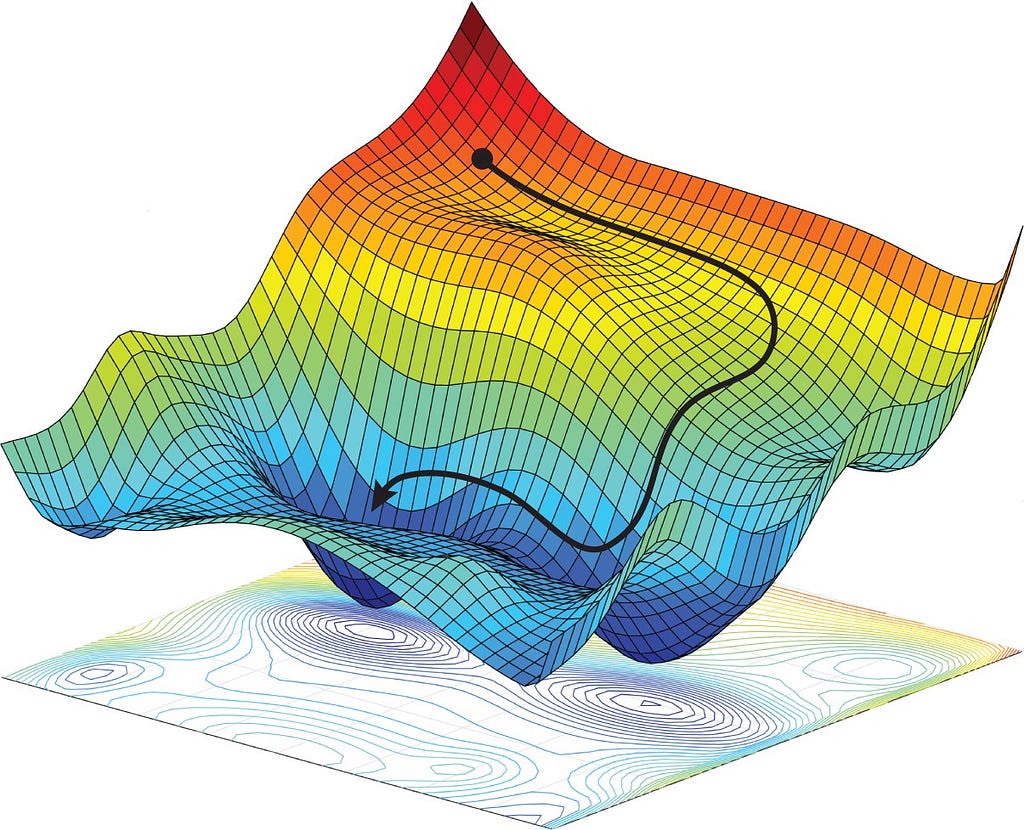Understanding MedSyn: Another Method of Diffusion-Based Medical Image Generation
Paper: MedSyn: Text-guided Anatomy-aware Synthesis of High-Fidelity 3D CT Images (https://arxiv.org/pdf/2310.03559)
(note that there two independent papers introducing “MedSyn”; the other one is about generating clinical notes using language models)
Oct 2024, Boston University, Stanford University, Carnegie Mellon University, University of Pittsburgh
We discuss another paper that deals with generative AI in 3D computer vision, specifically CT scans. This particular paper was released approximately the same time as the MAISI paper, after the GenerateCT paper.
For those...
(note that there two independent papers introducing “MedSyn”; the other one is about generating clinical notes using language models)
Oct 2024, Boston University, Stanford University, Carnegie Mellon University, University of Pittsburgh
We discuss another paper that deals with generative AI in 3D computer vision, specifically CT scans. This particular paper was released approximately the same time as the MAISI paper, after the GenerateCT paper.
For those...




















